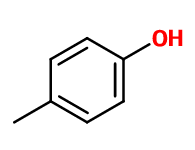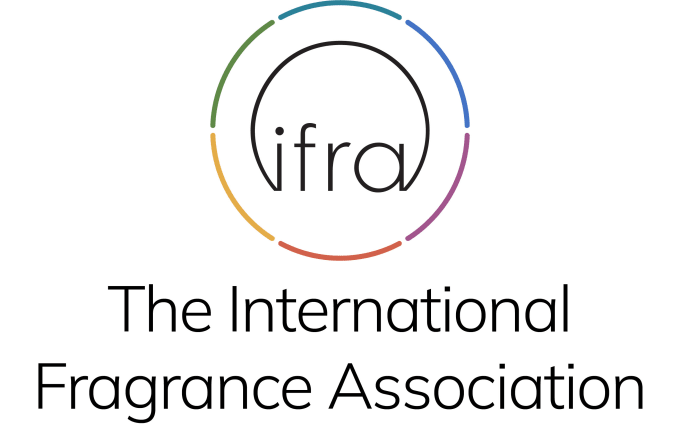
Photo credits: ScenTree SAS
Do you sell any of the raw materials? Would you like to let our users know?
Send an email to fournisseurs@scentree.coto learn about our advertising opportunities.
Do you sell any of the raw materials? Would you like to let our users know?
Send an email to fournisseurs@scentree.coto learn about our advertising opportunities.
General Presentation
-
CAS N° : 106-44-5
-
EINECS number : 203-398-6
-
FEMA number : 2337
-
FLAVIS number : 04.028
-
JECFA number : 693
-
Appearance : White solid
-
Density : 1,034
-
Volatility : Base
-
Price Range : €€
Physico-chemical properties
-
Molecular formula : C7H8O
-
Molecular Weight : 108,14 g/mol
-
Log P : 1,94
-
Fusion Point : 33°C
-
Boiling Point : 202°C
-
Detection Threshold : 55 et 100 ppb (0,00001%)
-
Optical rotation : Donnée indisponible
-
Vapor pressure : Donnée indisponible
-
Refractive Index @20°C : Donnée indisponible
-
Acid Value : Donnée indisponible.
-
Flash Point : 85°C
Uses
Uses in perfumery :
para-Cresol is used in floral notes of narcissus, jasmine, tuberose, for the contribution of an animalic facet.
Year of discovery :
Data not available.
Natural availability :
Para-Cresol is present in Castoreum Absolute, Grandiflorum Jasmine Absolute and in Ylang-Ylang Extra EO (and other ylang fractions), from which it can be extracted in its natural state.
Isomerism :
As already mentioned, para-Cresol has two positional isomers. Ortho-Cresol has a moldy, leather and plastic smell. Meta-Cresol has a woodier smell and para-Cresol has a much more floral smell.
Synthesis precursor :
Para-Cresol is at the origin of several syntheses used today. It allows to synthesize compounds such as para-Cresyl acetate or para-Cresyl Phenylacetate by a simple esterification reaction. It is also involved in the synthesis of Anisaldehyde by an oxidation reaction and then, by methylation of the intermediate product.
Synthesis route :
The synthesis of para-Cresol is done by a phenol methylation, which can be done using different catalysts. Not all catalysts are selective in the same way, and do not necessarily give the same isomers ratio of Cresol in the end. Here, the structure of the catalyst that is used must be favourable to the formation of the methyl function in opposition to the alcohol function. Regardless of the catalyst, the synthesis is always made during the gaseous phase and at very high temperature.
Regulations & IFRA
Allergens :
This ingredient does not contain any allergen.
IFRA 51th :
This ingredient is restricted by the 51th amendment
- Quantitative limit on the use :
-
Cat.1 Cat.2 Cat.3 Cat.4 Cat.5A B C DCat.6 0,0050 % 0,0050 % 0,0050 % 0,0050 % 0,0050 % 0,0050 % 0,0050 % 0,0017 %0,0050 % Cat.5A B C DCat.6 0,0050 % 0,0050 % 0,0050 % 0,0017 %0,0050 % Cat.7A BCat.8 Cat.9 Cat.10A BCat.11A BCat.12 0,0050 % 0,0050 %0,0017 % 0,0050 % 0,0050 % 0,0050 %0,0017 % 0,0017 %No restriction Cat.10A BCat.11A BCat.12 0,0050 % 0,0050 %0,0017 % 0,0017 %No restriction
Annexe I :
Some regulated synthetic ingredients are found in nature and in certain proportions in natural ingredients. This presence in nature has to be taken into account when calculating limits of use recommended by the IFRA. In case you do not know these concentrations, you can use the ones estimated by the IFRA. Here they are :
| List of regulated compounds contained in this ingredient | |||
|---|---|---|---|
| Ingredient Name | Botanical Name | CAS N° | Estimated Concentration |
| Styrax essence pyrogenated | Liquidambar Styraciflua | 8046-19-3 | 0,35 |
| Styrax oil, pyrogenated | Liquidambar orientalis Mill. | 8024-01-9 | 0,3 |



